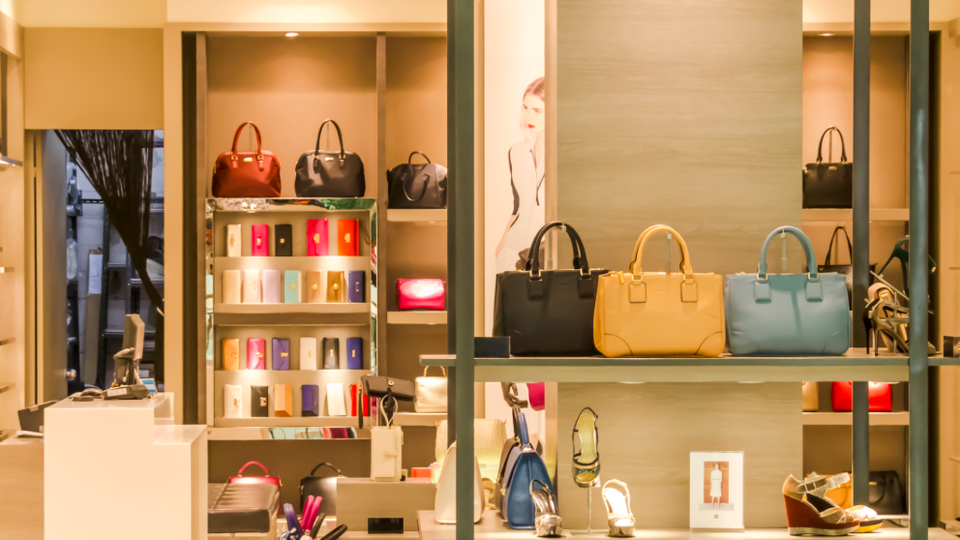Through mindful brand management, high-end brands can build valuable and long-lasting identities within the luxury industry. Susanna Nicoletti reports on how this has been done by Hermès and Kering.

At Hermès, the brand comes first, as well as the customer. There is no need for creative directors’ disruptive visions and no need for big media investments. It’s just a careful development of the brand’s reputation. The brand is a living being and it organically evolves with the customers, always from the driver’s seat.
But Hermès also welcomed immense artists who gave an unexpected contribution to the brand’s style. The most interesting of them was certainly Martin Margiela. When appointed to the creative direction of the French Maison, Margiela gave Jean-Louis Dumas a string of keywords: “Comfort, quality, timelessness, everlasting, handmade, tradition, elegance in movement.” And the most visionary collaboration in luxury was born. Hermès’ history demonstrates that a long-lasting, successful brand should rely on an endlessly evolving identity, based on a strong foundation of values and codes.
Hermès equal or higher than Kering Group
Recently, Hermès’ market capitalisation (54,68 billion euros at 518 euro per share price) overtook Kering (54,41 billion euros at 431 share price) despite having a one-third turnover. Kering’s revenues in 2017 were in fact at 15.4 billion euros while Hermès’ revenues were at 5,45 billion euros.
Despite the stellar growth of Gucci over the past few years, the successful relaunch of Saint Laurent Paris, and the good performances of Balenciaga – all amongst the coolest brands of the moment – the market value of the single brand Hermès is equal to or higher than the whole Kering Group, depending on the market fluctuations.
Hermès also registered profits in 2017 for 1,22 billion euros, with a margin on yearly turnover of 22 per cent, while Kering had profits for 1,86 billion euros with margins of 12 per cent. In a recent survey from investment bank RBC Europe, Chinese consumers confirmed that their most desired brand is Hermès.
A luxury brand attitude, which creates long-lasting market value, stands out for following some key rules:
- There is no need for disruption if a brand lives an organic, consistent and genuine evolution
- Trends of the moment are for fashion brands
- Luxury stands for unique collaborations and contaminations – a luxury brand is always authentic and never the same
Grow organically
If a luxury brand is managed with care at every stage of its own history, with attention and a sense of long-term investment, there won’t be any urge for disruption, relaunch, revolution. If its identity is properly nurtured and evolved in a distinctive way following the spirit of the time, there won’t be any need for a creative director nor a CEO to rescue the “sleeping beauty”. And if the storytelling is original, distinctive, appealing, fresh and meaningful, it won’t be necessary to make huge communication investments.
It takes great courage, a clear vision, and an excellent brand and business management attitude in order to drive a brand to grow organically over the years despite all the possible distractions (and temptations). It’s a daily, mindful activity that should involve the whole organisation; every single employee. This is why brands such as Hermès, Valentino, Louis Vuitton, Dolce & Gabbana, with their own style and personality, are always on the edge.
It’s a matter of mindful, open-minded, simple but not basic, passionate but not crazy, luxury brand management.
Cover image credit: Hermès










